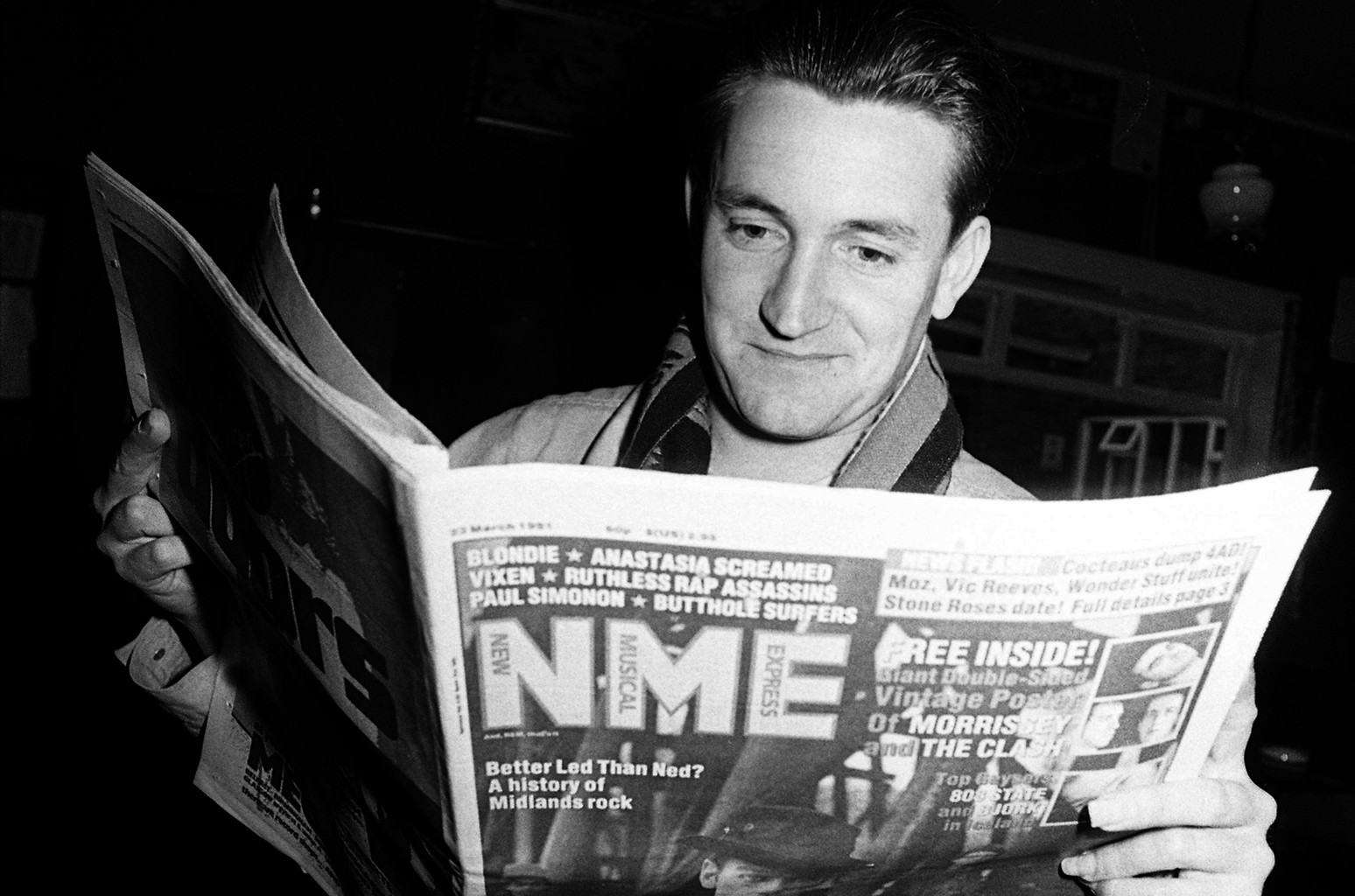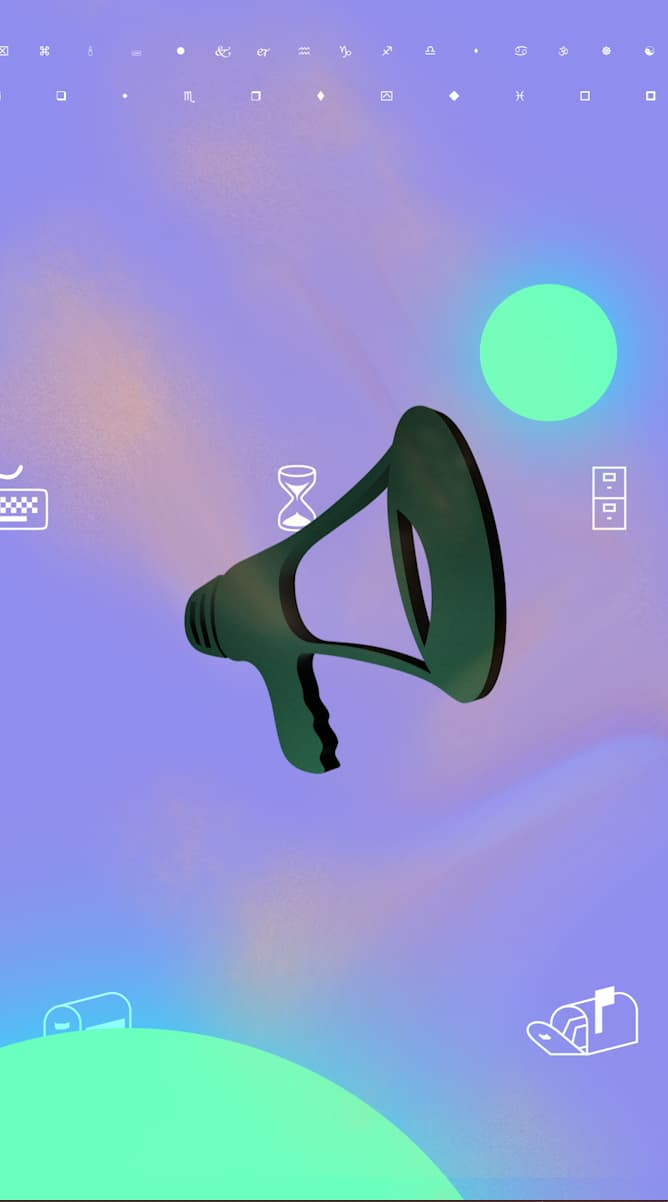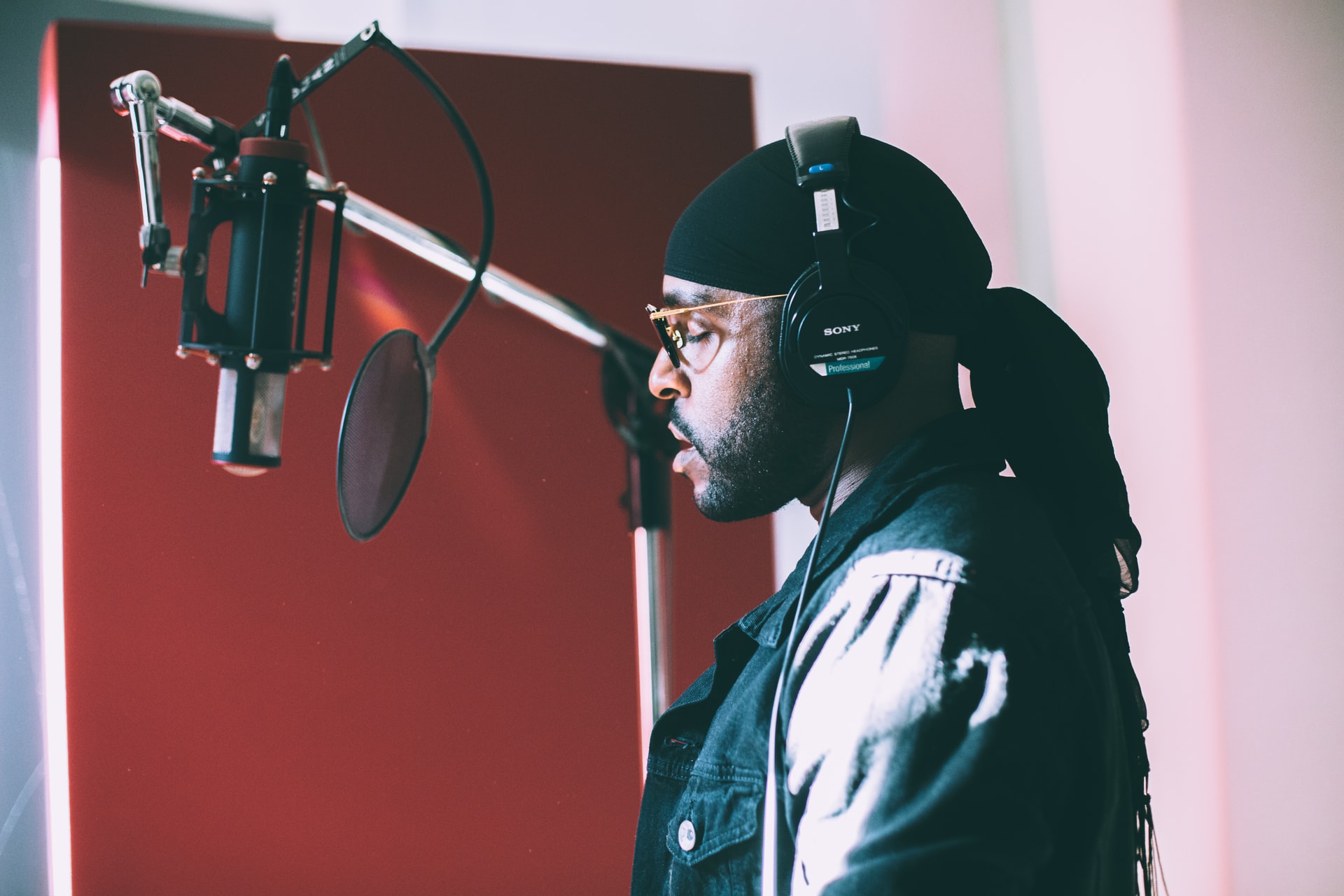Are Music Magazines Dead?: The Demise Of Print Magazines Explained
Q Magazine’s closure in July 2020 seemed to spell the end of music magazines. A lot of people in the industry weren’t surprised – after all, other iconic publications, such as NME, decided to ditch print and go digital. However, the global pandemic was the final blow for printed publications that were hanging by a thread.
What are the other challenges that led to the demise of printed magazines? Are ads and search engine optimisation decreasing the quality of today’s music magazines? What does the future of music magazines look like for music?
The challenges that print magazines face
The rise of digital media as a replacement for printed publications can be traced back to 2001. Napster’s shutdown led to the creation of new music websites such as Fluxblog and Stereogum – whose formula was based on a blog-like style of writing and audio sharing. For music fans, these sites served as the new Napster (albeit legal) which enabled them to discover new artists. By 2004, blogs reigned supreme, with 32 million Americans identifying as avid blog readers.
As new music platforms rolled out, consumers found different ways of discovering music for free, decreasing the pool of people that still depended on music journalists to determine their music tastes.
When COVID-19 hit, music magazines such as Q as well as In Stereo had to suspend printing. Mass unemployment meant that fewer people were able to afford monthly magazine subscriptions during the first lockdown. Furthermore, this period coincided with the rise of TikTok as the music discovery tool of choice for Millennials and Gen Zers.
Emerging artists are now using the platform in the hopes of going viral, while established artists are using it to offer a sneak peek into their day-to-day lives and to promote new releases via challenges.
This increasing decentralisation of authority over music taste has made it more and more difficult for traditional journalists to survive in this modern era. Journalists’ place as the go-to music specialist has been replaced by playlist editors, who decide who lands a spot on the highly-coveted DSP playlists.
The over-saturated entertainment market is another often-cited reason for music magazines’ readership decline. Music has to compete with other digital media such as social media, video games, TV shows, digital exhibitions and whatnot.
The rise of “ambient music”, i.e. music that serves as our daily screensaver while we’re occupied with playing a video game or watching a Netflix series, means that people are attached to the emotion that results from that song, rather than the song itself.
In 2009, Jonah Weinar compared music magazines to social media. It’s an interesting perspective, as it explains why print magazines seem to have been replaced, for the most part, by peer-to-peer recommendations.
“One of the most important historical functions of music magazines has been precisely to speak in a semisecret language that separates in-the-know us from square them,” he explained.
“Teens trying to hash out (sub)cultural identities today have message boards, fan sites, and YouTube diaries to turn to, not to mention Facebook groups and musicians’ MySpace pages. And that’s perhaps the greatest crisis facing music magazines: They’re being phased out, to a significant degree, by social-networking media, too. “
Do advertisements help or hinder digital music magazines?
The digital magazine/music blog is what now remains of the mythical music magazine.
Digital magazines depend on advertisers to survive. However, online ads are very different from print ads: to generate the same amount of money as a print ad, digital magazines must have a high amount of daily traffic. And this, of course, depends on search engine optimisation (SEO).
According to the former music editor at the Village Voice and creator of Maura Magazine, Maura Johnston, “Giving in to ‘the Darwinistic page-view coverage of anything’ is damaging to culture as a whole.”
The “Darwinistic page-view coverage of anything” is SEO-driven content that competes with other content to get to the top of Google’s search results.
In an interview with VICE, Mara reasserted her opinion on SEO-driven content, “Shareable content is not about finding new things. Shareable content is about reinforcing already held positions that you have.”
She also mentions another issue that characterises SEO-driven content: many a time, the neutral point of view is adopted to drive more page visits. This reinforces the hegemonistic point of view and continues to marginalise minority voices and perspectives in favour of traffic.
Are music magazines still important?
A lot of artists still regard music magazines (whether online or in print) as an important stepping stone to bigger and better things. Landing the digital cover of iconic publications as NME or Rolling Stone is still viewed as a career landmark.
Music magazines had to re-structure to survive. Nowadays, the top publications have apps, subscriber-only content, a presence on social media, podcasts and YouTube channels. Print editions are now seen as collectables, rather than a necessity.
There’s also an increased emphasis on a constant churn of articles that cover stories in real-time. In an effort to stay relevant, a lot of traditional music magazines that have gone completely digital are now covering other media – such as video games and TV – in addition to music.
The rebirth of zines, however, is a beacon of hope for print. The ’90s resurgence and the call for authenticity and increased activism means that musicians, artists and activists are creating their own zines to support causes and share their thoughts on certain topics. Sometimes, these zines develop into fully-fledged indie magazines.
Therefore, while traditional print magazines may be in decline, the underground scene is still rife with zines and indie magazines that appeal to a niche crowd. Sure, these publications are not making millions, but they’re slowly re-creating a 21st-century version of the counterculture that characterised traditional music magazines in the first place.






